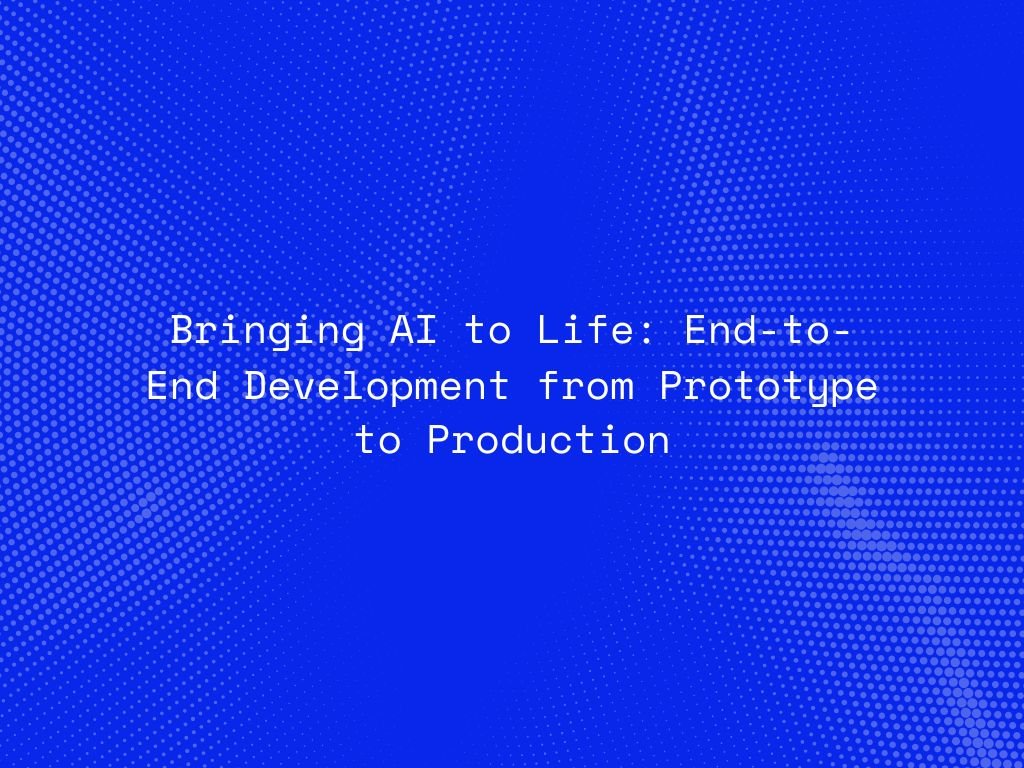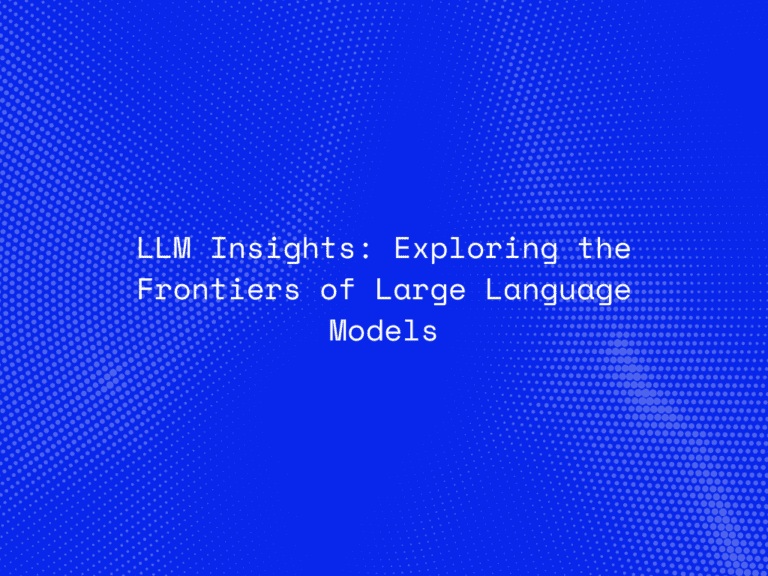Artificial Intelligence (AI) has moved far beyond research labs and experimental prototypes. Today, businesses across every sector are striving to deploy AI models that deliver real value—whether that’s automating processes, predicting customer behavior, or enhancing products with intelligent features. But going from an AI prototype to a production-ready system is no small feat.
The journey from concept to deployment requires careful planning, iterative development, infrastructure readiness, and continuous monitoring. This blog explores what it takes to build AI solutions that are scalable, robust, and production-grade—from model experimentation to real-world execution.
1. Ideation and Problem Definition
Before writing a single line of code, the first step is to clearly define the problem AI is supposed to solve. Successful AI implementations are grounded in clear business goals.
Key questions at this stage include:
-
What decision or task is being automated or optimized?
-
What is the expected impact (e.g., cost savings, improved accuracy)?
-
Is there enough data available to support the model?
This phase includes collaboration between domain experts, data scientists, and business stakeholders to ensure alignment.
2. Data Collection and Preprocessing
AI systems are only as good as the data that powers them. This phase involves:
-
Sourcing data from internal systems, sensors, or third-party providers
-
Cleaning and preprocessing (e.g., handling missing values, normalizing, labeling)
-
Feature engineering to create meaningful input variables
In many cases, this step is the most time-consuming, accounting for up to 80% of a data science project’s effort.
3. Prototyping and Model Development
In the prototyping stage, data scientists:
-
Explore data through visualizations and statistical summaries
-
Train multiple machine learning or deep learning models
-
Compare performance using evaluation metrics (accuracy, F1-score, AUC, etc.)
-
Tune hyperparameters and experiment with architectures
This is often done in environments like Jupyter Notebooks, using tools such as Scikit-learn, TensorFlow, or PyTorch. The goal here is to quickly iterate and identify models with high potential.
4. Validation and Testing
Once a promising model is selected, it must be validated for generalization and robustness:
-
Test on unseen (holdout) datasets
-
Perform cross-validation
-
Conduct bias and fairness analysis
-
Stress-test the model under edge cases and unusual inputs
This ensures the AI system behaves reliably in real-world conditions—not just in ideal lab settings.
5. Model Packaging and Deployment
A key turning point is transitioning from notebooks to deployable software. This involves:
-
Model serialization (e.g., saving with
pickle,joblib, or ONNX) -
Wrapping the model in a REST API or microservice (e.g., using Flask, FastAPI, or Docker)
-
Deployment to cloud platforms, edge devices, or on-premise servers (e.g., AWS SageMaker, Azure ML, or Kubernetes)
This stage is often where DevOps and MLOps practices come into play to streamline and automate deployment.
6. Monitoring and Feedback Loops
Deployment is not the end—it’s the beginning of real-world learning. In production, AI systems require constant monitoring to ensure:
-
Model performance doesn’t degrade (concept drift)
-
Predictions remain accurate and ethical
-
Infrastructure is stable and responsive
-
Usage data is logged for continuous improvement
Setting up observability tools and automated retraining pipelines helps adapt the system as data evolves.
7. Scaling and Optimization
With a validated, deployed system, the focus shifts to performance optimization and scalability:
-
Implement batching and caching strategies
-
Use hardware acceleration (e.g., GPUs, TPUs)
-
Optimize latency for real-time inference
-
Scale services with container orchestration (e.g., Kubernetes)
This stage ensures the AI solution can support enterprise workloads and user demands without compromise.
8. Governance, Compliance, and Explainability
As AI takes on critical decision-making roles, it’s vital to incorporate:
-
Model explainability tools (e.g., SHAP, LIME)
-
Audit trails for decisions
-
Compliance with data privacy laws (e.g., GDPR, HIPAA)
-
Ethical safeguards to avoid unintended consequences
These aspects help build trust, transparency, and accountability into AI systems—especially in regulated industries.
Conclusion
Creating impactful AI systems involves more than just building great models. It requires a full lifecycle approach—from problem definition and data preparation to deployment, monitoring, and governance.
The transition from prototype to production is where many AI projects stall. But with the right strategy, infrastructure, and cross-functional collaboration, businesses can bring AI to life—delivering real value, at scale, in the real world.
As AI matures, success will increasingly hinge on execution. Building production-grade AI isn’t just about innovation—it’s about discipline, engineering rigor, and continuous improvement.




